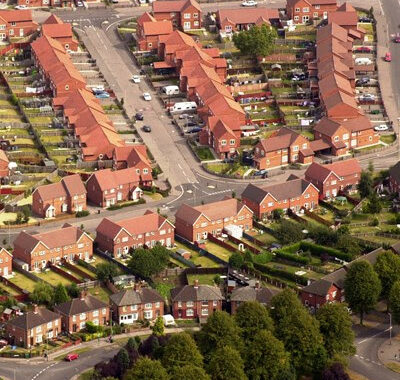
At their inception, Social Rent homes—then known as council housing—were built as “homes for heroes,” symbolising a society that valued everyone and offered them a place to belong. Today, that vision is just as important. Social Rent homes aren’t just about providing housing for those in need; they’re about creating homes for the people we all rely on—teachers, nurses, retail and care workers, and countless others who make our communities thrive.
Why Social Rent Homes Make Sense
Social Rent homes aren’t just a social good; they’re an economic investment. Consider these facts from those in know:
- The cost to build Social Rent homes is 3–4 times their market value, requiring upfront subsidies or ongoing support to make them viable.
- For a city-centre apartment, the subsidy needed is around £270,000–£320,000, while for a suburban house, it’s approximately £140,000–£155,000.
- To build 90,000 Social Rent homes annually, the investment required is about £19 billion—a stark contrast to the current £2.3 billion annual allocation for all affordable housing.
But here’s the kicker: investing in Social Rent homes pays off. Redirecting the £2.3 billion currently spent on temporary accommodation per year and rising could become investment capital delivering a subsidy of £180bn which in turn could help deliver 860,000 Social Rent homes. This would turn a recurring cost into a sustainable investment, funded through innovative tools like housing bonds, after all Council housing is just public sector BtR supporting the community and housing market alike.
More Than Just Housing
The benefits of Social Rent homes go far beyond bricks and mortar. They generate significant economic activity, reduce housing benefit costs, and improve public health—leading to long-term savings for the NHS. Using estimates from the Centre for Economics and Business Research (CEBR) these same 860,000 social rent homes deliver additional benefits at £324 billion. Simply put, Social Rent homes don’t just pay for themselves—they create value for everyone.
A Broader Vision for Inclusive Communities
Social Rent homes should be part of a bigger picture. Alongside Affordable Rent, Intermediate Rent, and Low-Cost Ownership models, they can help build mixed communities where people feel invested and included. These homes shouldn’t stand-alone but should integrate seamlessly into neighbourhoods with privately owned and market rental homes, ensuring diversity and balance. I was able to demonstrate works in Barking and Dagenham known as the Community Rent Model based on need and income.
The Virtue of Housing for All – Infrastructure Homes
For me, it’s time to move beyond the labels—especially “social housing”—which often carry unnecessary stigma. Let’s bring pride back into the virtues of building homes for every part of our community. 100 years ago, these homes were celebrated as “homes for heroes.” Today, they remain the most vital infrastructure we need to unlock growth and opportunity across the country. After all, our nation’s biggest challenge isn’t just roads, rail, or broadband—it’s housing.
It’s time to put homes at the heart of our infrastructure plans and build for the heroes of today and tomorrow.


